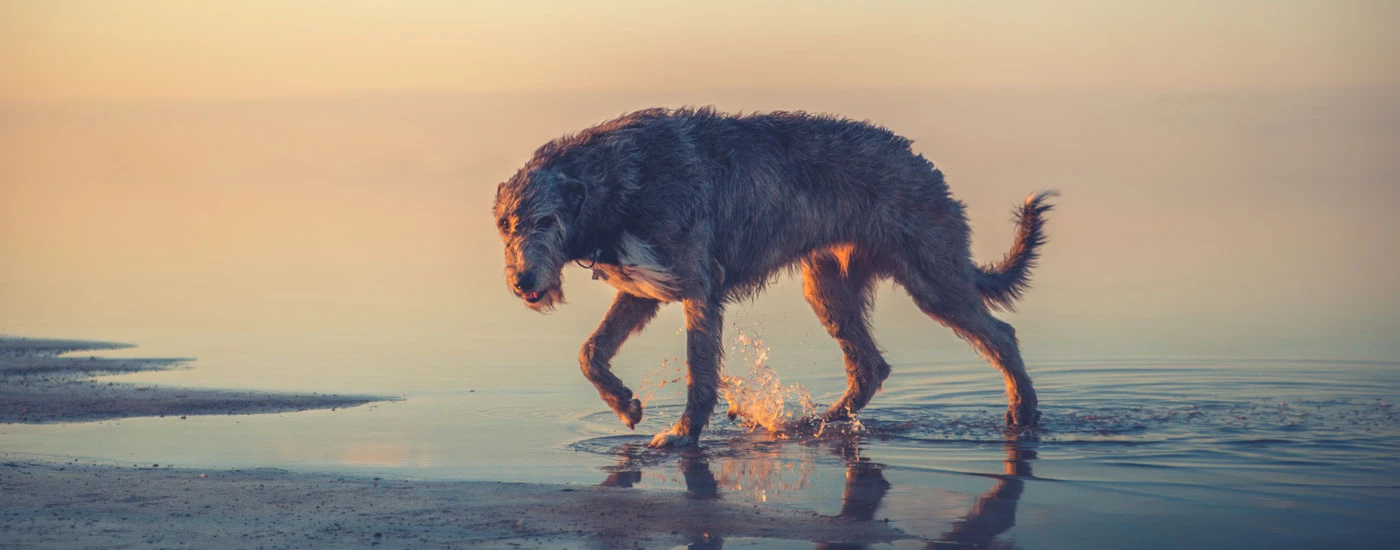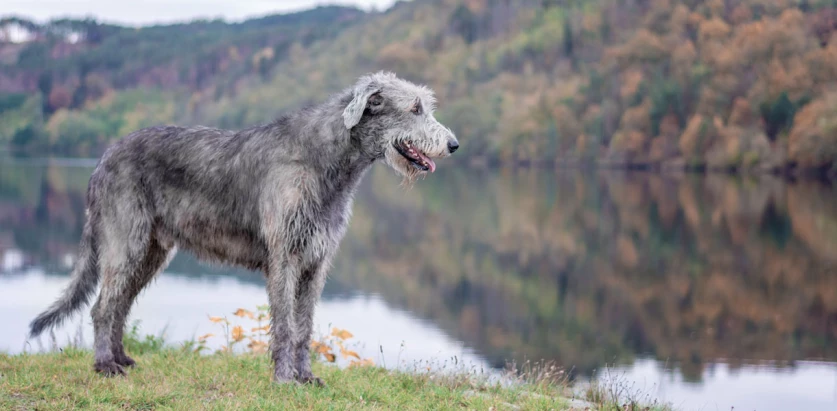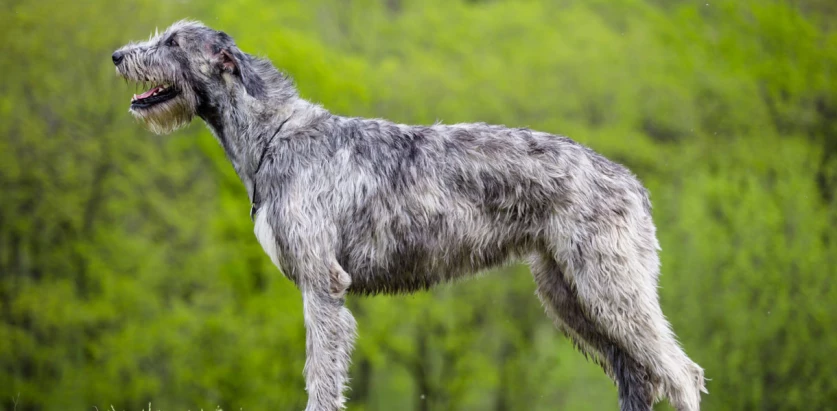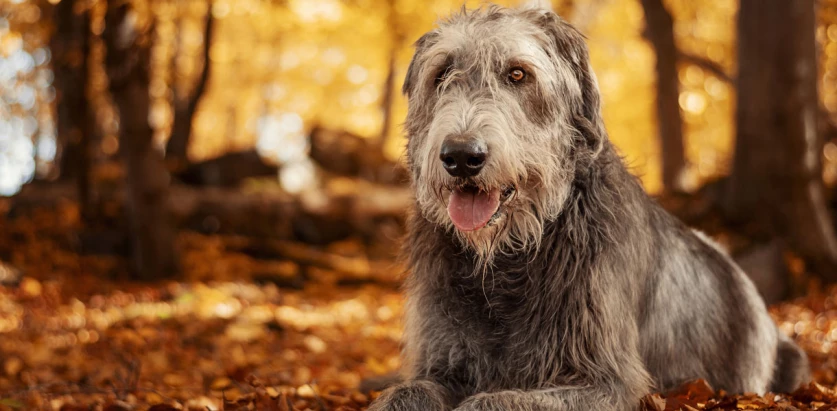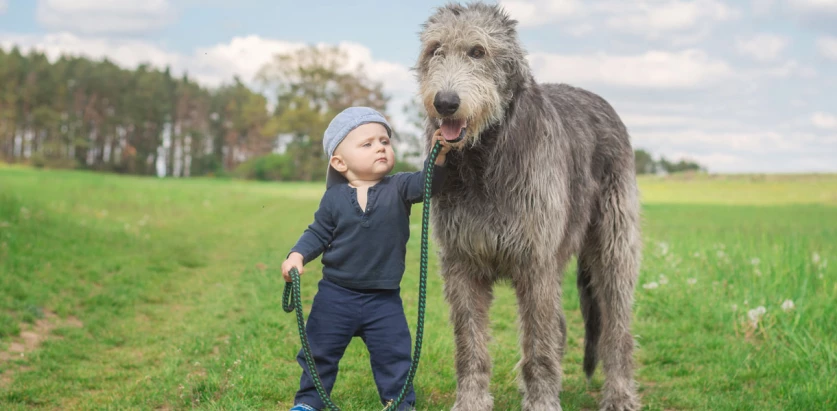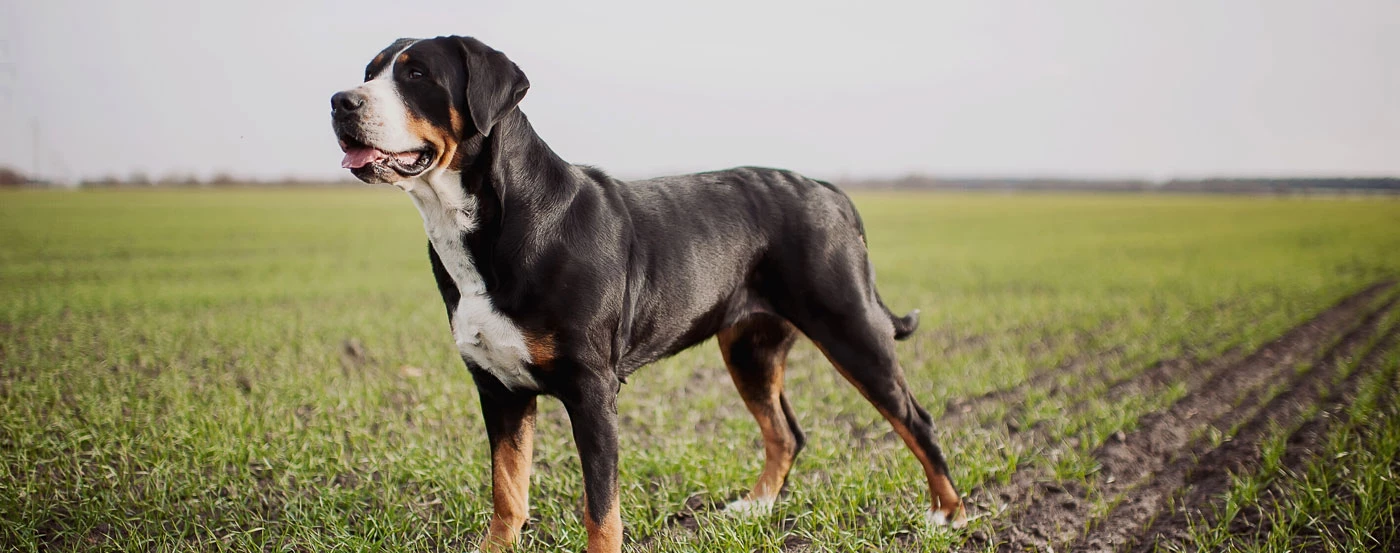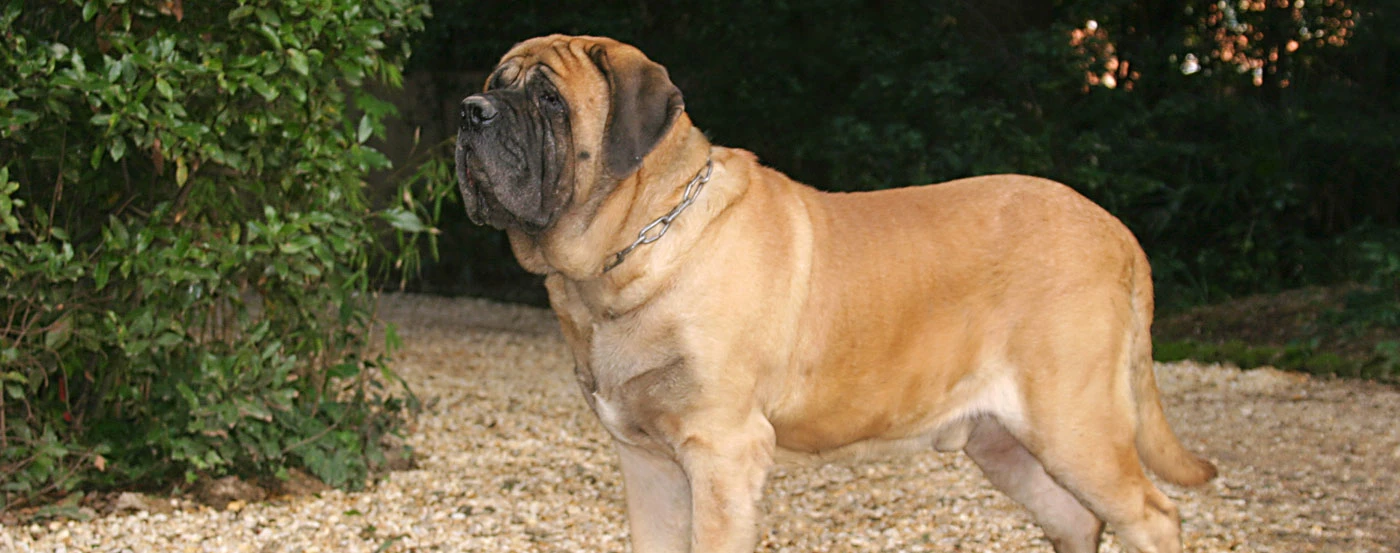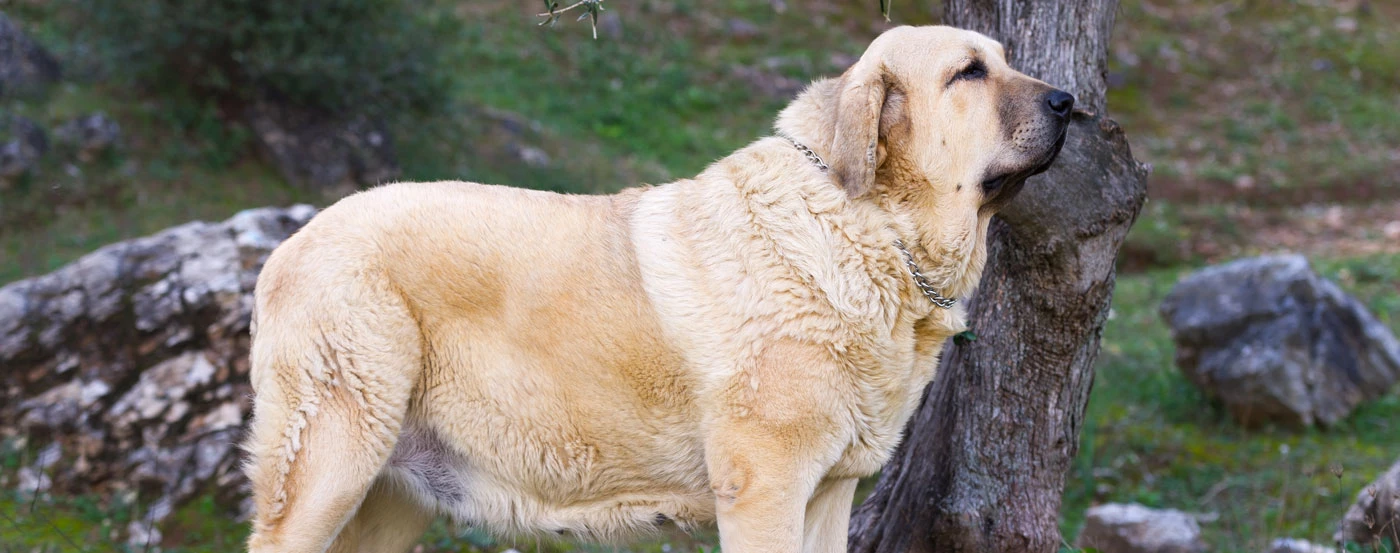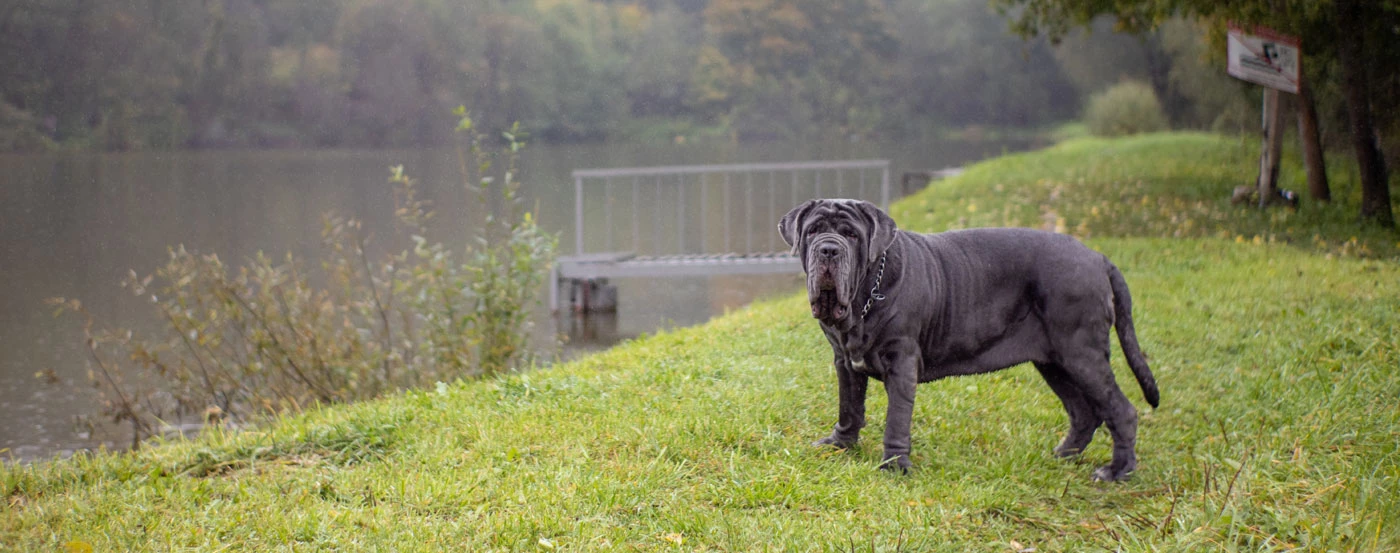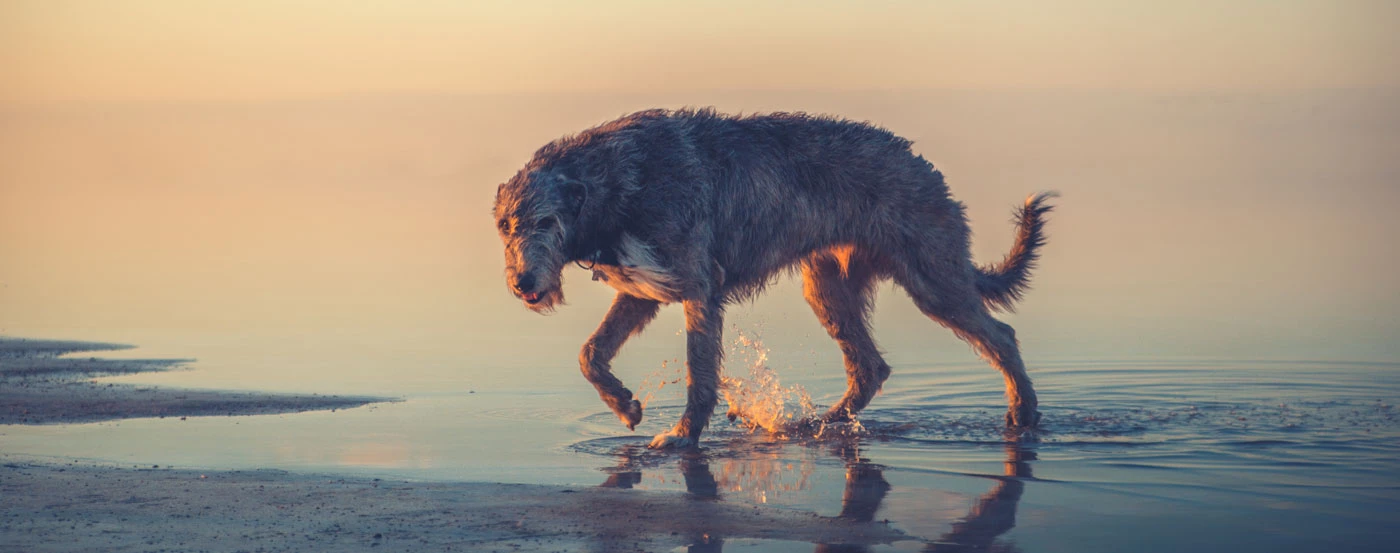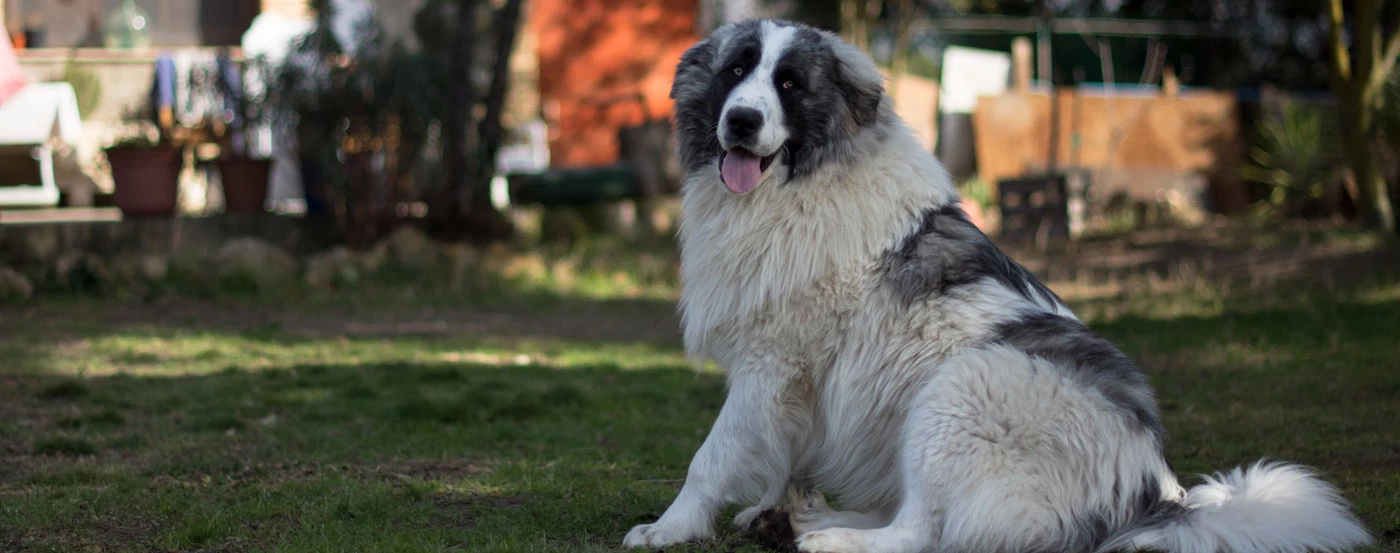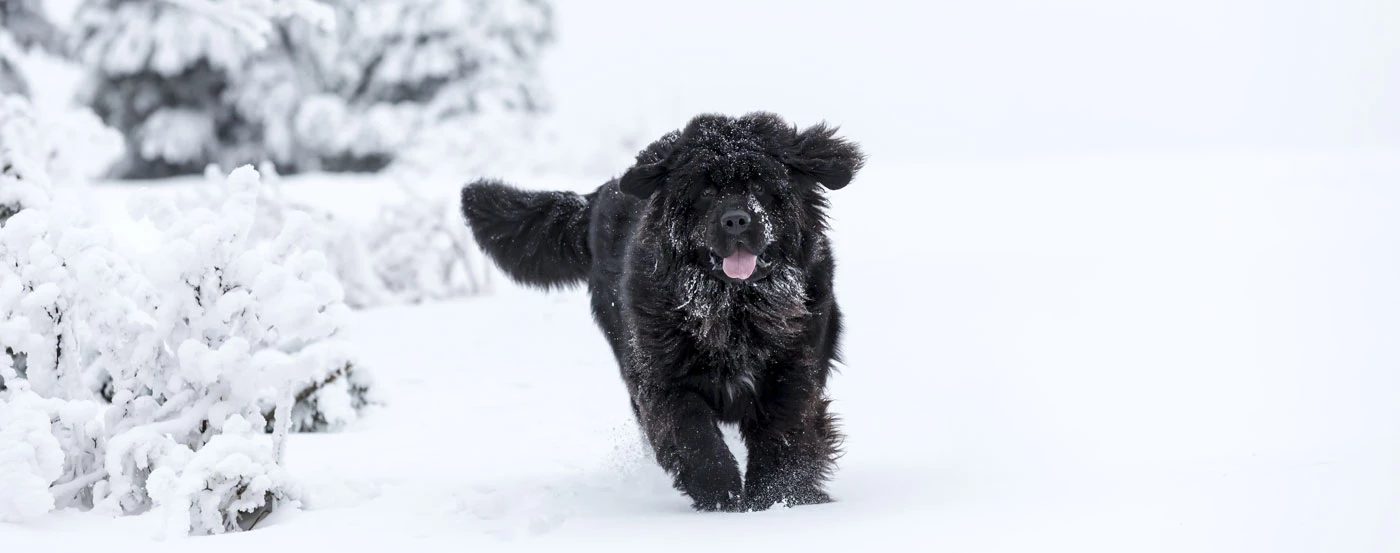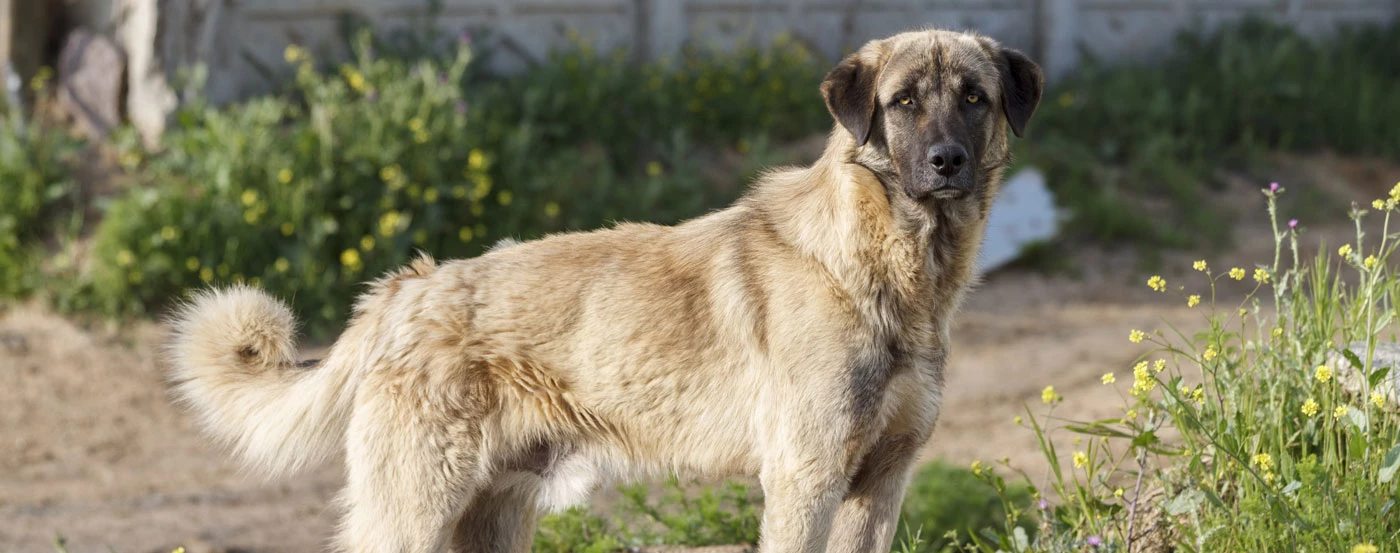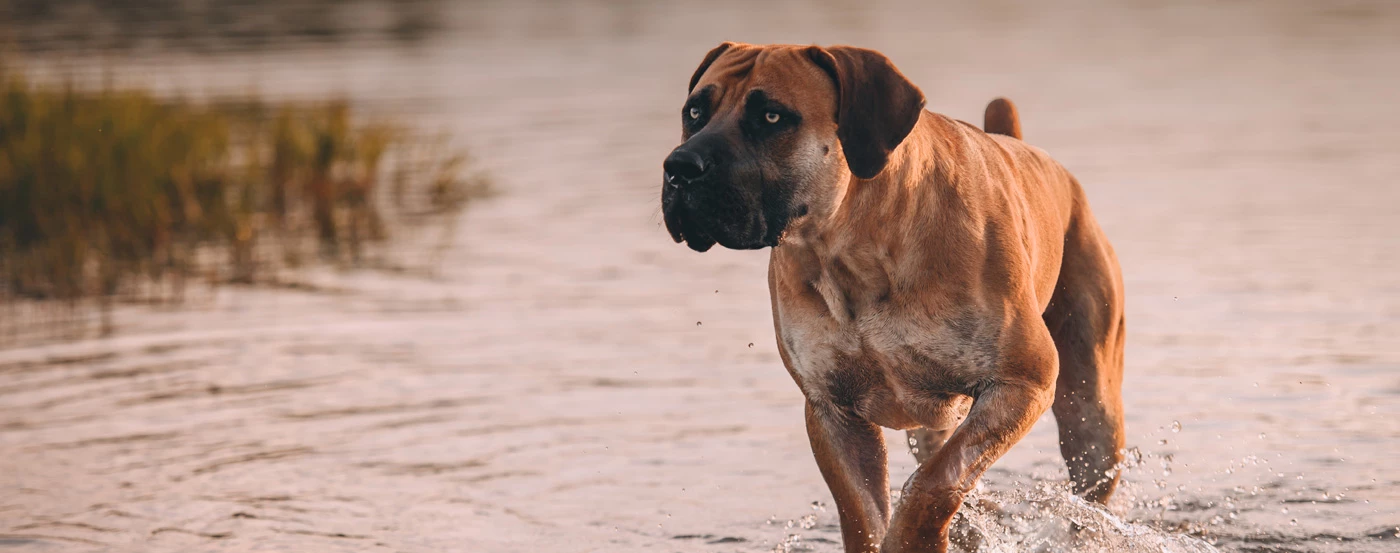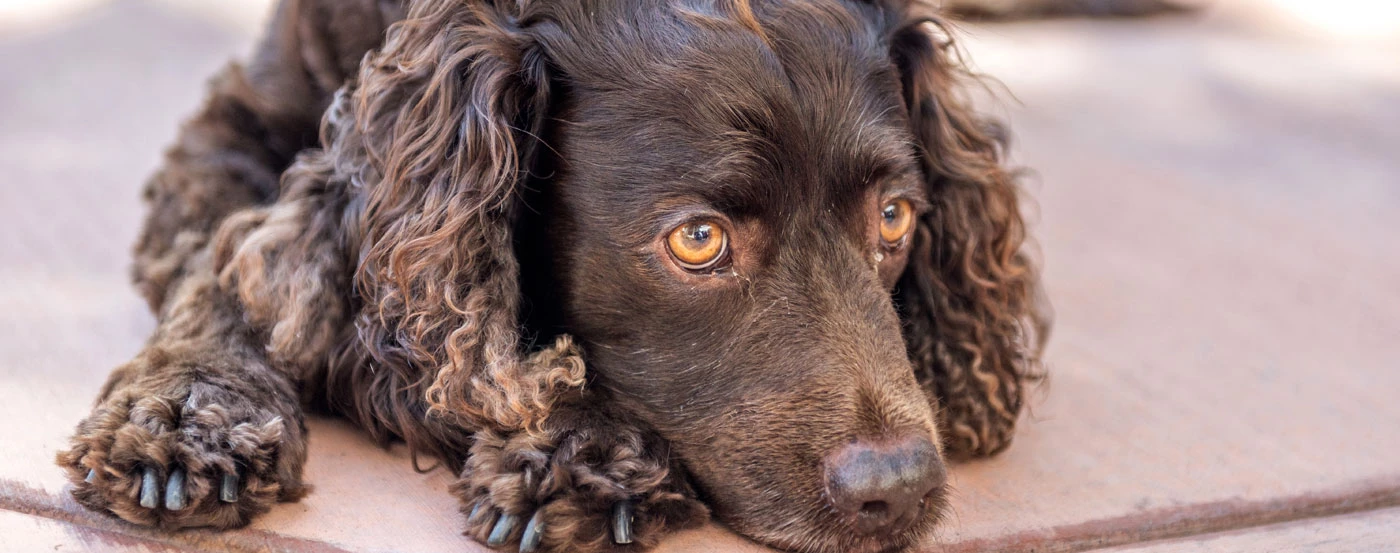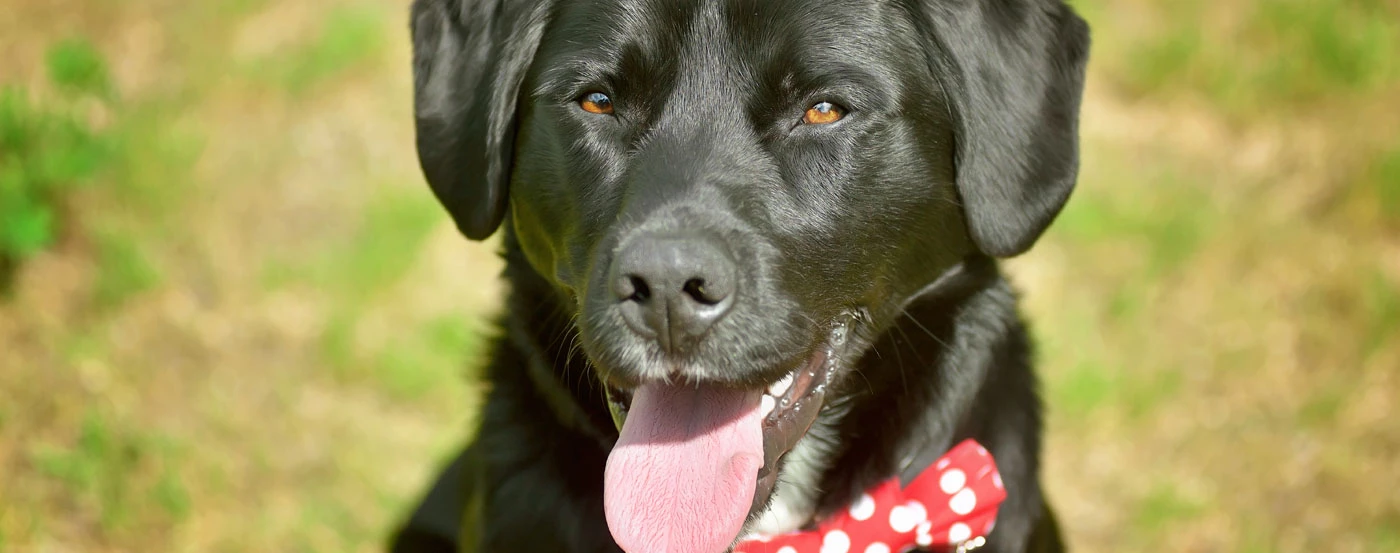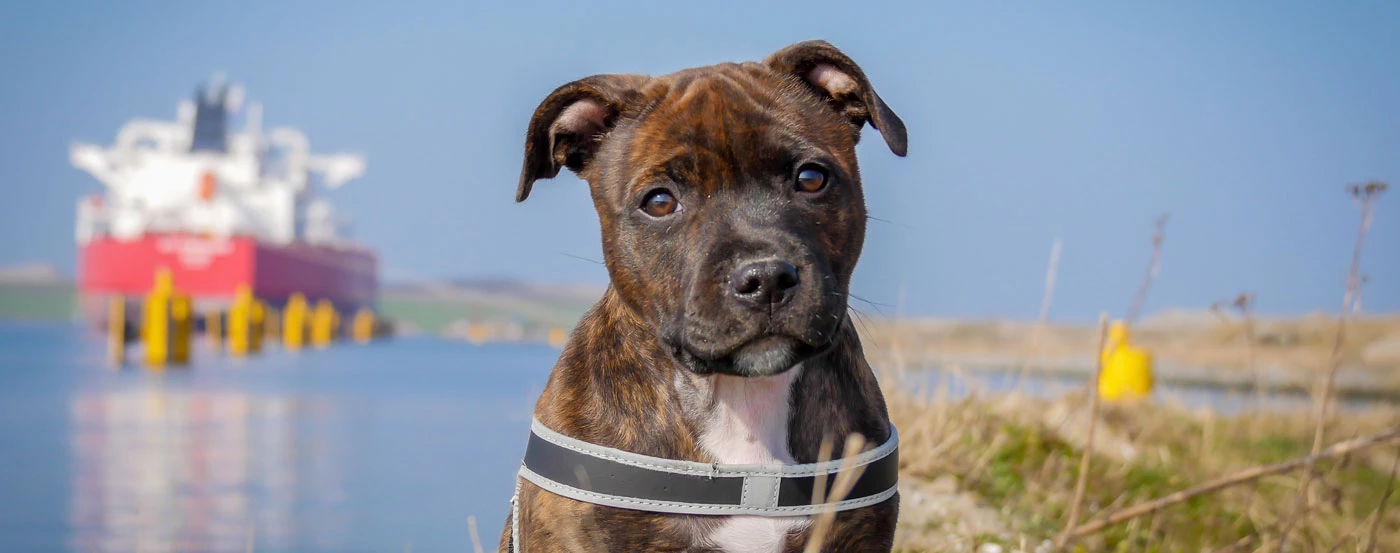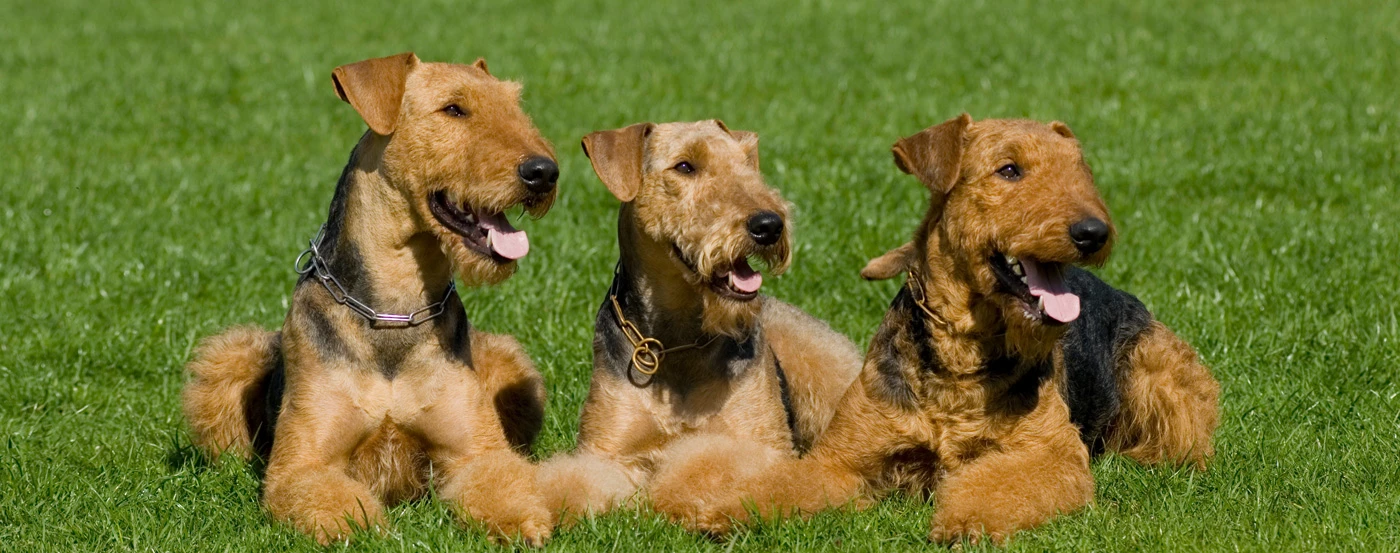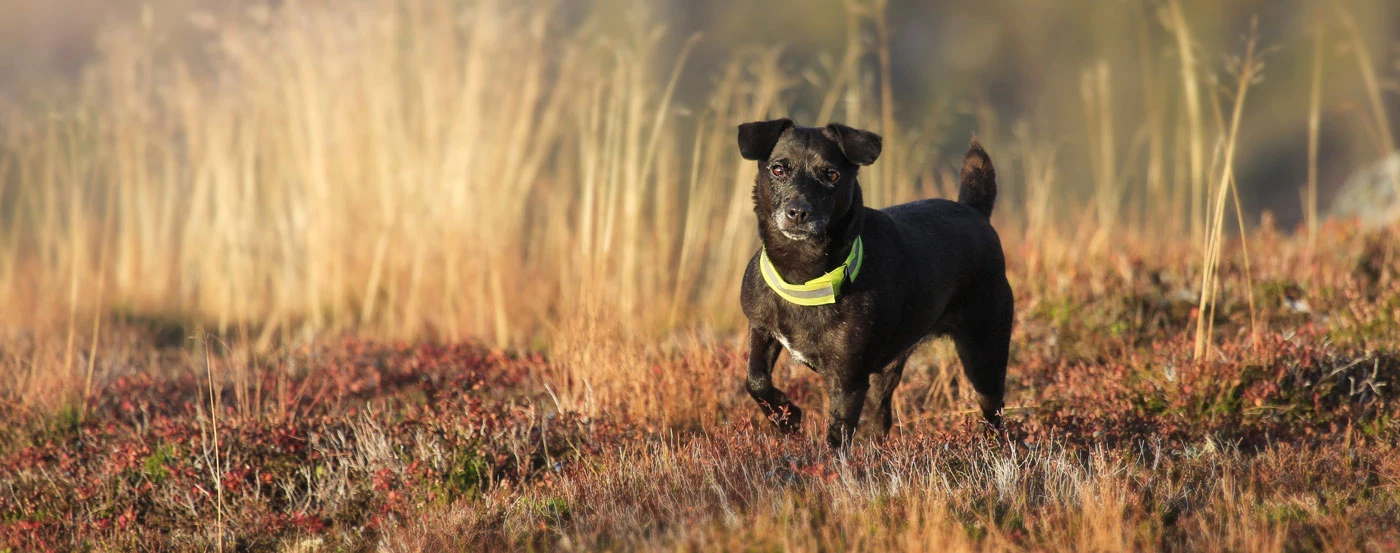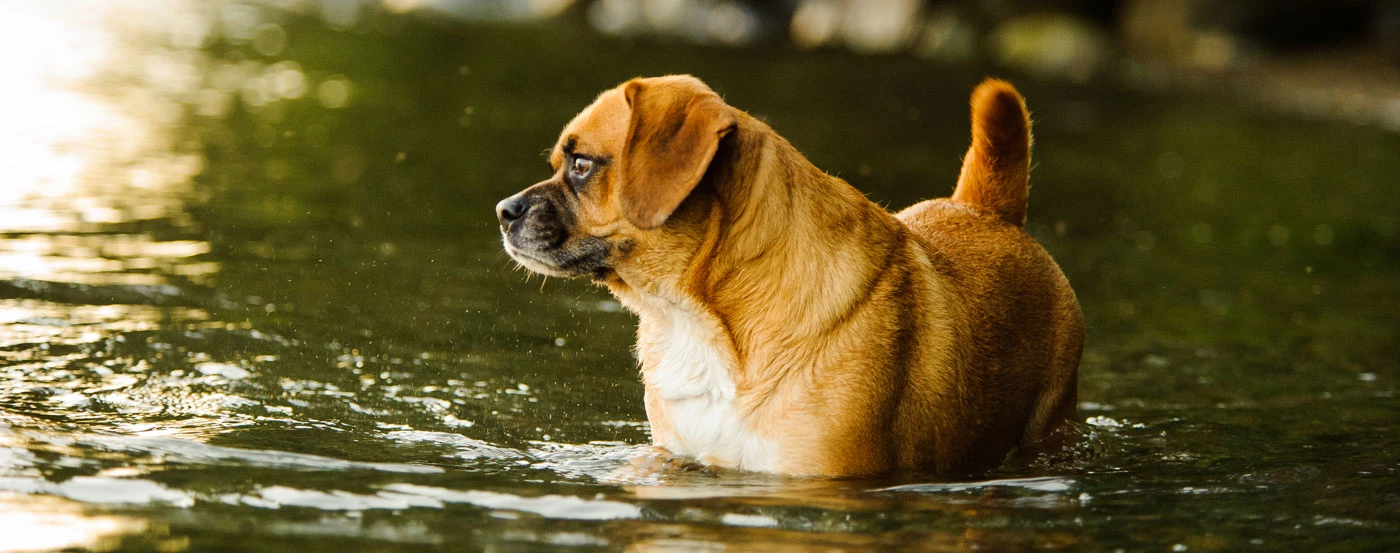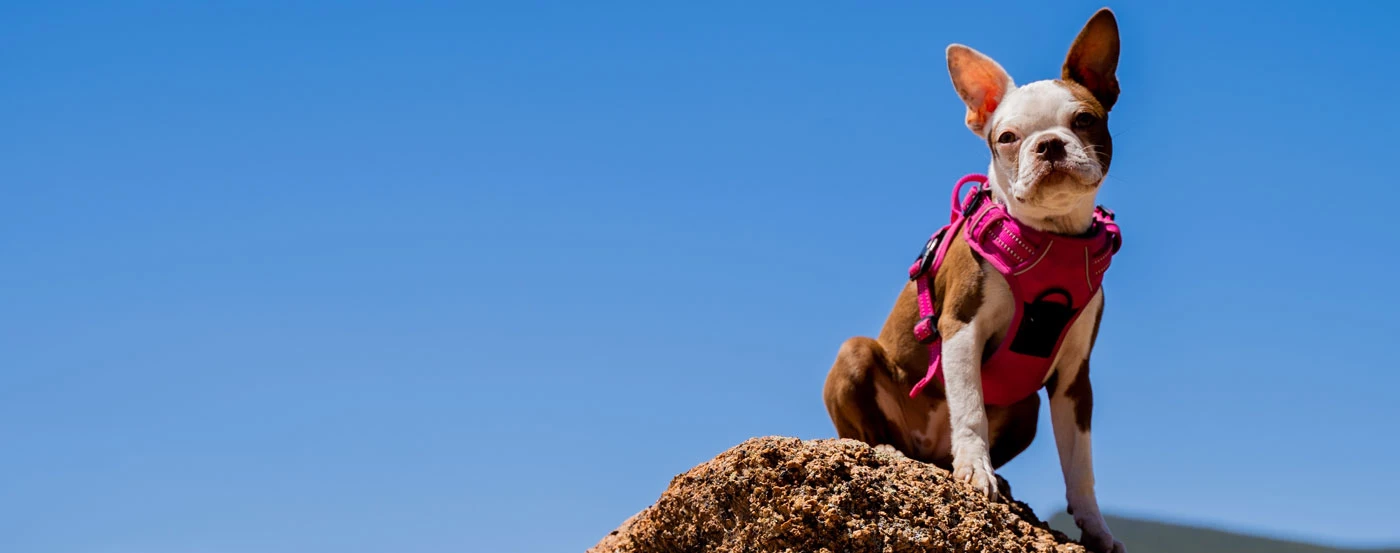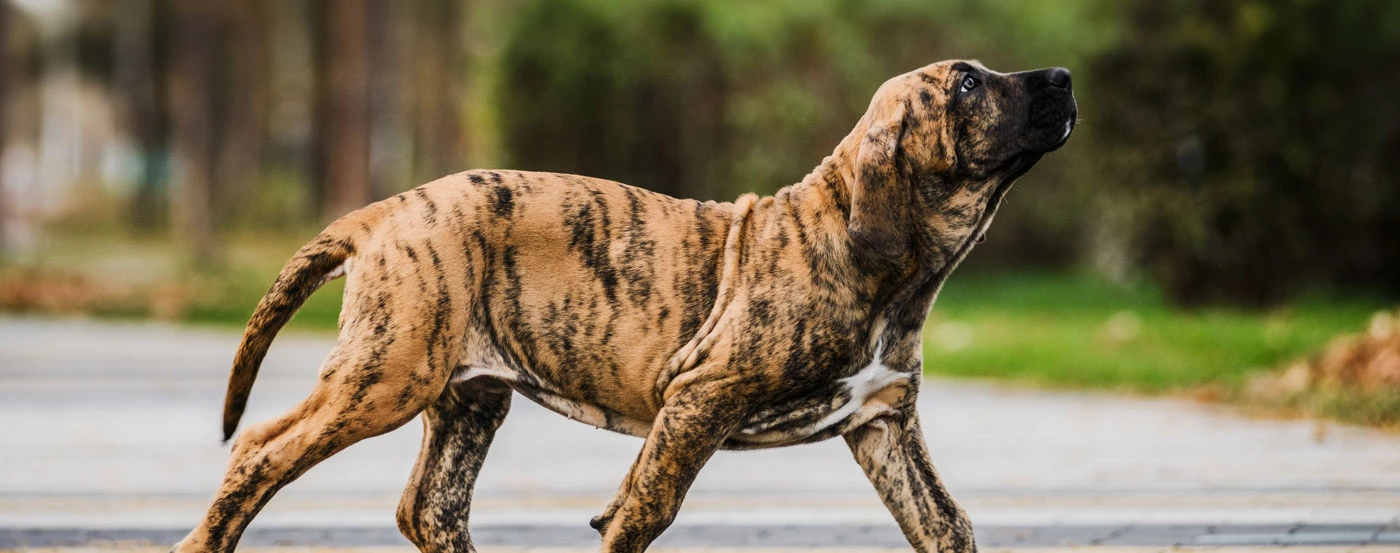About the Irish Wolfhound
This guide will give you all the information you need to decide whether an Irish Wolfhound is the perfect breed of dog for you.
With so many wonderful dog breeds to choose from, it can be hard to decide which will suit your home. Our guide will let you know all about the size, health, feeding habits, temperament, grooming, and history of Irish Wolfhounds.
Irish Wolfhound Gallery
What is the history & origin of the Irish Wolfhound?
Irish Wolfhounds are recognised as being one of the oldest dog breeds in existence. They were initially bred by monks to hunt and kill wolves and have been around for more than a thousand years.
As well as hunting wolves, Irish Wolfhounds were also used to hunt Irish elk and boar and were even used in battle by Irish Chieftains.
A combination of the 1845 Irish famine, the extinction of wolves in Ireland, and the practice of gifting the breed to visiting dignitaries almost saw the dog going extinct.
Modern Irish Wolfhounds are a combination of the remaining dogs that were bred with Great Dane, Scottish Deerhound, Tibetan Wolfdog, and Borzoi.
Who are Irish Wolfhound dogs best for?
Irish Wolfhounds are known for being gentle giants, but that doesn't mean they are ideal for everyone. Because they are such a large dog breed, they can be difficult to control, so they are not advised for first-time dog owners.
They can be great family pets when socialised from a young age. This giant breed will also require around two hours of exercise every day, making it more suited to people that are active, and have the time to dedicate to their dog. They could also be a good choice for a guard dog!
How much grooming does a Irish Wolfhound need?
Irish Wolfhounds tend to shed all year round, so regular brushing will help to remove dead hair and leave the coat in good condition. The idea of bathing an Irish Greyhound might seem like a tall order because of their size, but you shouldn't need to do this often. Bathing around every six months, or if it gets dirty, is usually fine.
The dogs' teeth should be brushed regularly and nails trimmed for comfort. Periodically checking the ears and cleaning them can help protect against infection and should be incorporated into your care routine.
Do Irish Wolfhound bark much?
Irish Wolfhounds are not particularly vocal dogs but may bark on occasion. Training can help limit and control your dog's barking habits.
Do Irish Wolfhound bite?
Training and socialising from a young age is vital for all dog breeds but is essential for large dog breeds like the Irish Wolfhound.
Puppies will naturally nip and bite when playing, and being firm with them should help to minimise this and eventually stop it.
Signs of aggression should always be taken seriously in adult dogs. If necessary, take the dog to the vet to check for underlying issues. Your vet and dog behaviourists should be able to help with training and advice.
What is the temperament & personality of a Irish Wolfhound?
Despite their impressive stature, the breed is known as being a calm, gentle giant. They are an easy-going breed that gets on well with other dogs. They will require training because their prey drive might make them want to chase smaller animals like cats or rabbits.
What is the weight & size of a Irish Wolfhound?
Irish Wolfhounds are large dogs, and you can expect an adult male to measure as tall as between 81 to 89 cm to the shoulder, with females measuring around 76 to 86 cm.
Male Irish wolfhounds can weigh between 54 and 82 kilos, with females weighing from 48 to 64 kilos.
How much training does a Irish Wolfhound need?
Irish Wolfhounds are intelligent dogs that are generally easy to train. Positive reinforcement is advised, and obedience training and socialising them with other dogs from a young age is highly recommended.
What are some of the most common health issues for a Irish Wolfhound?
While Irish Wolfhounds are known for being generally healthy dogs, like all other breeds, there are certain conditions they are more prone to suffering from.
Some of the most common Irish Wolfhound health problems include;
Hip Dysplasia - Hip Dysplasia is a common condition for all dogs, especially large breeds like the Irish Wolfhound. The issue stems from malformed bones or the bones and hip joint growing at different rates, resulting in a poor fit. Corrective surgery can resolve this issue.
Elbow Dysplasia - Elbow Dysplasia is similar to Hip Dysplasia but less common.
Anesthesia Sensitivity - Putting any dog under anesthesia for a procedure carries its risks, but these risks are enhanced with the Irish Wolfhound. Experienced veterinarians should be able to work with the correct dosage for this breed.
Heart Disease - Because the breed is so large, it can put extra pressure on the heart. Conditions like dilated cardiomyopathy, where the heart muscles weaken, are more common in dogs like the Irish Wolfhound.
Liver Shunt - A Liver Shunt is when the body's blood flow isn't flowing through the liver as it should. Because the liver removes toxins in the bloodstream, this can go on to cause further issues.
Fibrocartilaginous Embolic Myelopathy - This serious condition can result in the paralysis of the dog's hind legs. It is caused by blockages of the spinal cord's blood vessels by cartilaginous material.
Osteochondrosis Dissecans - Osteochondrosis Dissecans or OCD is a condition in dogs that affects the growth of cartilage. This can cause joints to stiffen and become painful. It can sometimes be caused by the dog's diet if it contains too much high-protein food.
Progressive Retinal Atrophy - Progressive Retinal Atrophy is a degenerative disorder that affects the dog's retina and can cause blindness.
Osteosarcoma - This form of bone cancer is more common in giant breeds like the Irish Wolfhound. Because this kind of cancer is so aggressive, amputation and chemotherapy are used to treat dogs that suffer from it.
Bloat - Bloat can be caused by dogs rapidly eating one large meal and drinking a lot after it. The stomach fills with gas and becomes distended. The stomach can then twist, trapping the gas, causing extreme pain and impeding the flow of blood. This condition has to be dealt with quickly, or it can be fatal.
What is the lifespan of a Irish Wolfhound?
The life expectancy of an Irish Wolfhound can be pretty low, averaging between 6 and 10 years. A good healthy diet and lifestyle can extend this.
How much should you feed a Irish Wolfhound?
While an Irish Wolfhound will need a lot of food, usually between four and eight cups of high-quality dry dog food, it is important that the dog shouldn't have it all at once. Spreading it over two meals should minimise the risk of bloat.
Regular checkups with your vet will help with monitoring the dog's development, and they can advise of a good diet plan and necessary changes as the dog grows.
What is the price of a Irish Wolfhound in Australia?
When buying an Irish Wolfhound puppy, it is important that you find a reputable dealer. If you are struggling, speaking with the National Breed Club or Irish Wolfhound Club can be beneficial.
You should expect to pay between $1,400 and $2,500 for a puppy, but prices can vary between breeders for purebred dogs like this.
Pros
- Low maintenance grooming
- Doesn't need a ton of exercise
- Can spend reasonable amounts of time alonw
Cons
- Not a guard dog
- Not for apartment living
- Short lifespan
